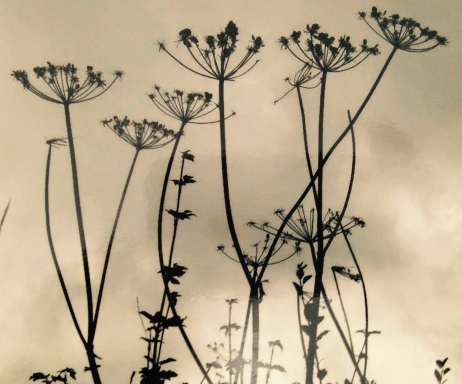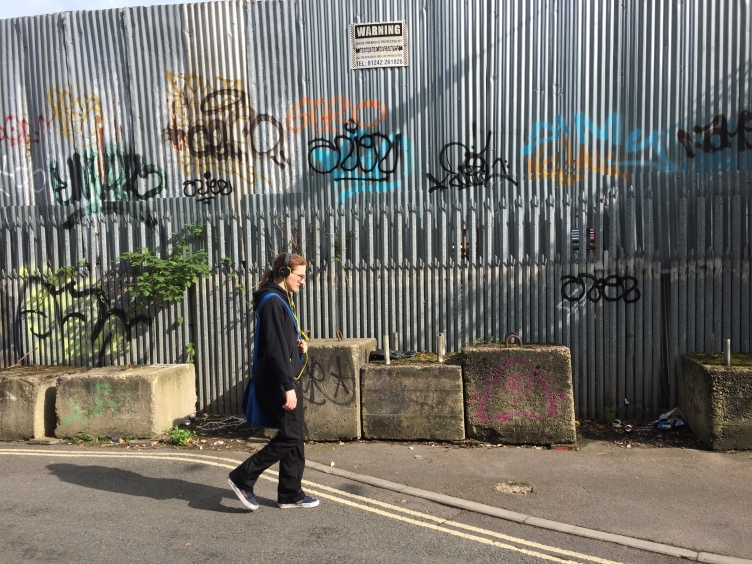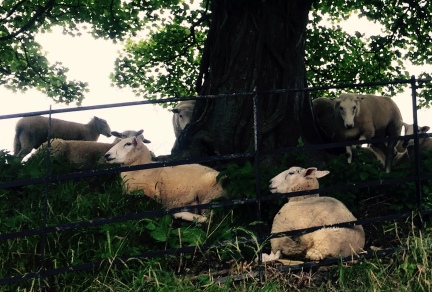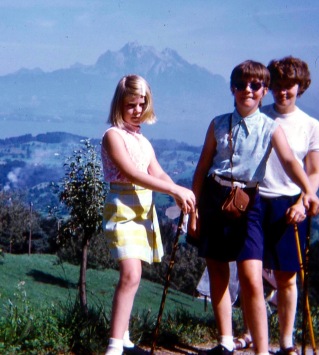
Q: You walk out of your door. You do not know how far you will go, how long it will take, if or when, you will return? How do you feel?
Q: You pick up a book, read the first line. You cannot turn the pages to discern the length of the story, or genre – is it a thousand pages, two pages? A novel, a poem, fact or fiction? How do you feel?
Time lives in your bones, in your blood, in aortic beats; shifts of light, shadows lengthening, waxing and waning; flexing, stalking your steps, a rhythm, a prelude, rarely linear but in swerving paths, swoops and dives, edited, archived, forwards and backwards.
Do you begin a book begin by intent or accident? Does a walk live in your head or in a map?
Does the spirit stir you sudden, curious, impatient, propelling you through granite streets; salty breeze; diesel blue fumes; yellow ragged Hawkbit shooting through mud? How hard the heart pumps, ancient, limbic, each step a hymn (each page) a gift: insight, wisdom, perspective, escape, an altered glimpse of yourself, a deer’s prance in the corner of your eye.
Which leads you to the middle (Who remembers the middle?)
It’s vague paths, muddy tracks, broken stiles, crowded by bramble, hidden in fields of corn, (or buried in a plot with too many characters).
The beginning is far behind. The end too far to imagine. Uncertainty nags and claws: Is this the right path? (the right page)
Time still to turn back (throw the book down) retrace your step to
the point of variance; between disintegration and reintegration;
the gap in the hedge, the unmarked path.
Nothing happens in the middle.
The middle is a matter of faith.
But endings are something else, aren’t they?
Slow burning, molecules rumbling minutely to a conclusion; (atom and leaf). Or previewed from high on a hill cars cluttering villages. A dark body of water. A dead green line on the page.
Or, they arrive abruptly – ad-libbing across empty fields, cresting a hill, forking a corner, (an unsatisfactory conclusion).
Instinctively, the body knows; aches and burns, the mind’s chatter starts anew:
What a relief?
Cup of tea?
(is there a sequel?)
Did you take pictures?
(make notes in the margins?)
We give prizes at the end. And, return you to routine, yarrow and dirt, a miner’s lamp
shining between your steps (words), remade, made again
(In your end is your beginning:
In the beginning is your end)
Again. And again. And Again.
We walk.
We read.
We walk.
Time lives in your bones, a pulse and tap to the brain; to the ear and eye, in shifts of light, the locus waxing and waning. Time is never invisible. It flexes, stalking your steps, a rhythm of beginnings, middles and endings. The line is rarely straight; vectors, curves, parabolas, scientific.
 We walk for many reasons – utility, leisure, relaxation. Sometimes alone, sometimes with others. Walking is an act of connecting, with ourselves, our thoughts, with the world around us. We may be attentive to our surroundings or lost in thought, playful or serious.
We walk for many reasons – utility, leisure, relaxation. Sometimes alone, sometimes with others. Walking is an act of connecting, with ourselves, our thoughts, with the world around us. We may be attentive to our surroundings or lost in thought, playful or serious. 




